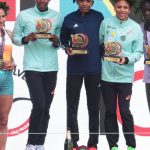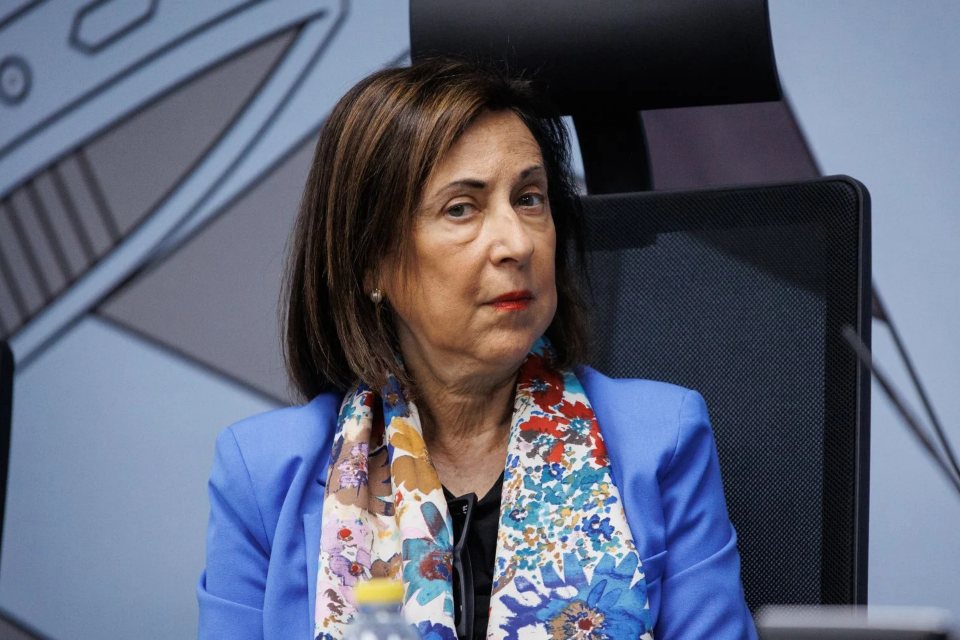The quote of dollar In Argentina it once again reflected the volatility and economic tensions that characterize the country. Last week, both the official dollar and the dollar blue showed significant figures that impacted various sectors of the economy and the daily lives of Argentines.
He dollar official, which is the exchange rate established by the Central Bank of the Argentine Republic (BCRA) and used in formal and commercial transactions, was quoted at $942 for purchase and $982 for sale in banking entities.
This price reflects an increase compared to previous weeks, which indicates an upward trend in the value of the US currency against the Argentine peso. The increase in the price of dollar official can be attributed to several factors, including persistent inflation, political and economic uncertainty, and devaluation expectations.
These elements generate greater demand for dollars as a refuge of value, which puts upward pressure on its price. On the other hand, the dollar blue, which is the parallel and unofficial exchange rate traded on the black market, was quoted at $1,210 for purchase and $1,230 for sale.

Fountain: Dollar Today.
This price of the blue dollar shows a significant gap of 28% with respect to the official dollar. The existence of this gap is an indicator of the distortions and imbalances in the Argentine economy.
The blue dollar is usually used by those seeking to avoid exchange restrictions imposed by the government and access dollars more quickly and easily. However, its higher price also reflects the perception of risk and the lack of confidence in the country’s economic stability.

Quotes
This Monday, September 30, dollar blue is trading at $1225 to buy and $1245 to sell. Meanwhile, the official dollar is trading at $949.50 for purchase and $989.50 for sale.. The price of the dollar has a significant impact on the Argentine economy and the daily lives of its citizens.
Furthermore, the gap between dollar official and the blue dollar generates distortions in the economy. Companies that need to import inputs or capital goods may be affected by the difference in exchange rates, which may impact their costs and competitiveness.
follow us on Google News and on our channel instagramto continue enjoying the latest news and our best content.


















